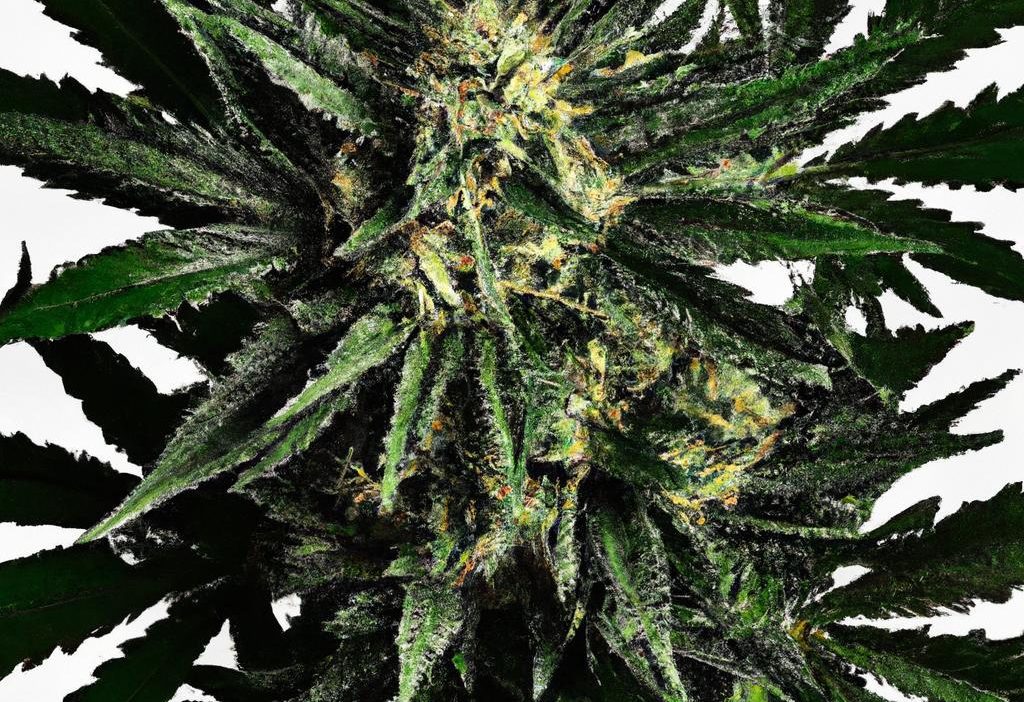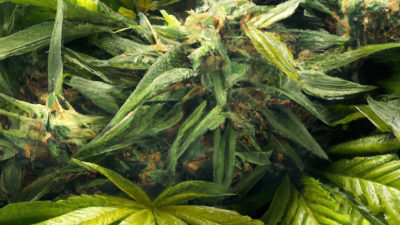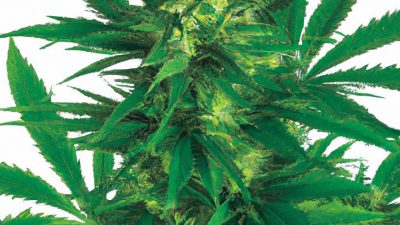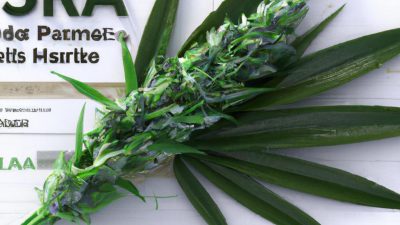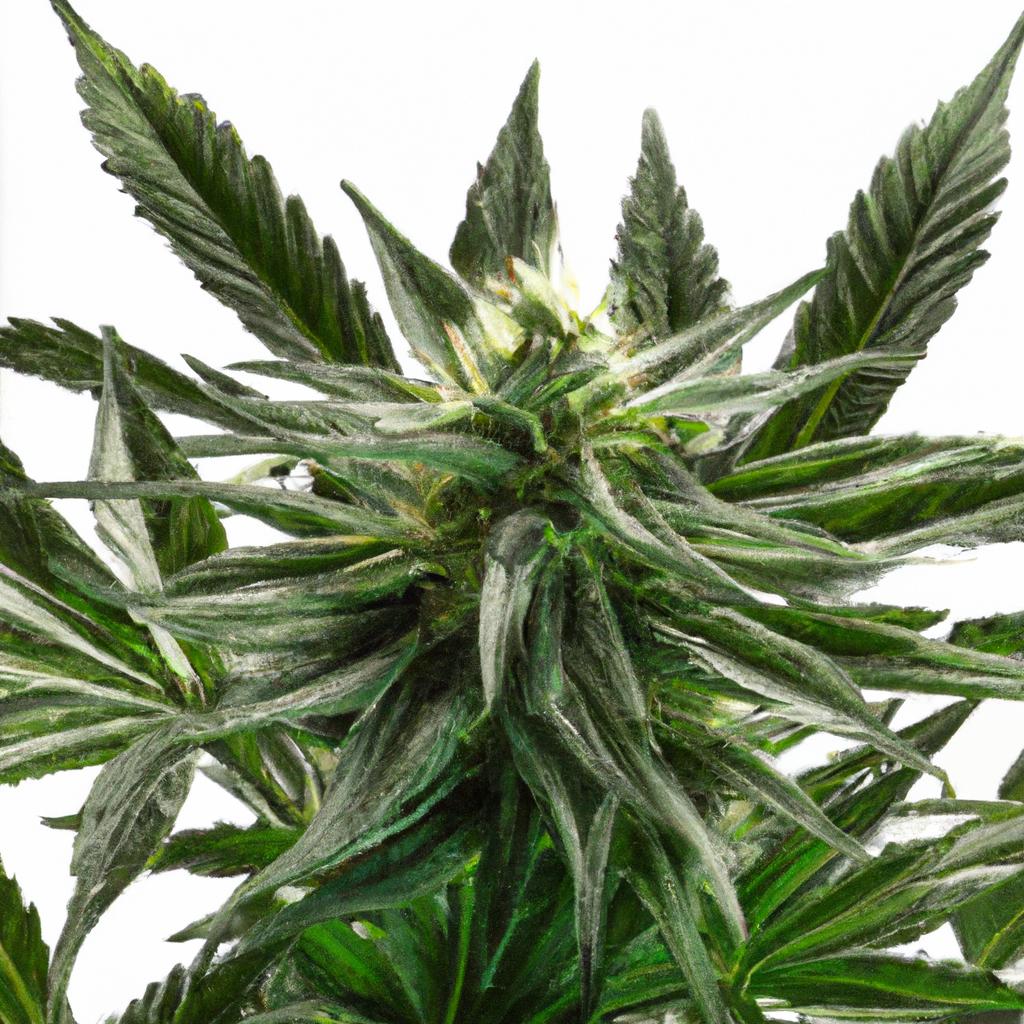
Does Lower Temperature Always Mean Higher Quality? Cannabis Processing Explained
When it comes to cannabis processing, whether you’re a grower, extractor, or enthusiast, the age-old question pops up time adn again: Does lower temperature always mean higher quality? From drying and curing to extraction and consumption, temperature plays a pivotal role in the final product’s quality, potency, flavor, and aroma. But the relationship between temperature and quality is more complex than just “lower is better.” In this article, we will deep-dive into how temperature influences cannabis at various stages, debunk some common myths, and provide practical tips to optimize your cannabis experience.
Understanding Cannabis and Temperature: The Science Behind It
The cannabis plant contains several sensitive compounds,including cannabinoids (like THC and CBD) and terpenes-the aromatic oils responsible for flavor and smell. These compounds are highly responsive to temperature variations during processing and consumption.
What Happens to Cannabinoids and Terpenes at Different Temperatures?
- High temperatures
- Terpenes, delicate and volatile, tend to evaporate at relatively low temperatures, affecting the aroma and flavor.
- Too low temperature
Role of Temperature in Cannabis Processing and Post-Processing
1. Drying and Curing Cannabis
During drying and curing, maintaining an ideal temperature range (typically 60-70°F or 15-21°C) combined wiht humidity control is crucial. Here, a moderately low temperature-not too cold or hot-is favored for preserving cannabinoids and terpenes.
- Too cold: slows drying,promotes mold growth.
- Too hot: causes terpene loss and harsh flavors.
2. Extraction Techniques and Temperature
Extraction methods-like CO2,butane,or ethanol extraction-use temperature control to optimize yield and quality.
| Extraction Method | Typical Temperature Range | Effect on Quality |
|---|---|---|
| Supercritical CO2 | 31-50°C (lower end for terpenes) | preserves delicate terpenes, clean extracts |
| Butane Hash Oil (BHO) | Variable, frequently enough chilled below -40°C | Maximizes cannabinoid retention, risks if too warm |
| Ethanol | Cold ethanol (-20°C to -40°C) | Selective extraction, fewer chlorophylls, higher purity |
3. Decarboxylation: Activating Cannabinoids
Decarboxylation-converting THCA to psychoactive THC-requires heat, but controlled temperature is critical. Typically, decarboxylation occurs between 105-120°C. Too low, and the process is incomplete; too high, and cannabinoids degrade.
Does Lower Temperature Always Mean Higher Quality in Cannabis?
The short answer: no. While lower temperatures preserve terpenes and prevent cannabinoid degradation, extremely low or uncontrolled temperatures can harm quality by impeding essential processes or introducing other issues.
When Lower Temperature Improves quality
- Preserving Terpenes: Terpenes vaporize easily above 30°C, so cooler temps during drying and extraction retain aroma and flavor.
- Cold Ethanol Extraction: Cold temperatures reduce chlorophyll extraction, resulting in purer products.
- Storage: Lower temps slow cannabinoid and terpene degradation, extending shelf life.
When Lower Temperature Can Be Detrimental
- Incomplete Decarboxylation: If temperature is too low, active cannabinoids are not fully activated.
- Drying Time Extended: Too cold during curing leads to longer drying and risk of mold.
- Extraction Inefficiency: Some cannabinoid extraction requires moderately warm temps for better yield.
practical Tips for Optimizing Temperature in Cannabis Processing
- Use Temperature-Controlled Environments: Invest in curing rooms or extractors with fine temperature control.
- Monitor Humidity Alongside Temperature: Both are key for drying and storage quality.
- Follow Specific Guidelines for Each Stage: Don’t apply a “one temp fits all” approach-adjust temperature for drying, decarboxylation, and extraction separately.
- Consider Equipment with Precision Controls: modern cannabis processing equipment, including vacuum ovens and cold extraction systems, improves temperature accuracy and product quality.
Case Study: Comparing Cold vs. Warm Extraction on Terpene Profiles
A recent study testing supercritical CO2 extracts done at 35°C vs. 50°C found that the lower temperature preserved 40% more terpenes, resulting in richer flavor profiles, though the higher temp slightly increased cannabinoid yield. This highlights a trade-off between yield and quality that processors must balance.
Conclusion: balance Is the key to Cannabis quality
Lower temperature does not always mean higher quality in cannabis processing and consumption, but temperature management is undeniably vital for maintaining cannabinoid potency, terpene integrity, and overall product excellence. Whether you’re drying flower, performing extraction, or enjoying your final product, understanding how temperature interacts with the delicate chemistry of cannabis will help you make informed decisions for the best quality outcomes.
By harnessing the right temperature for each step and using modern cannabis technology and equipment, growers and processors can optimize quality, flavor, and potency – ensuring every cannabis product meets its highest potential.


